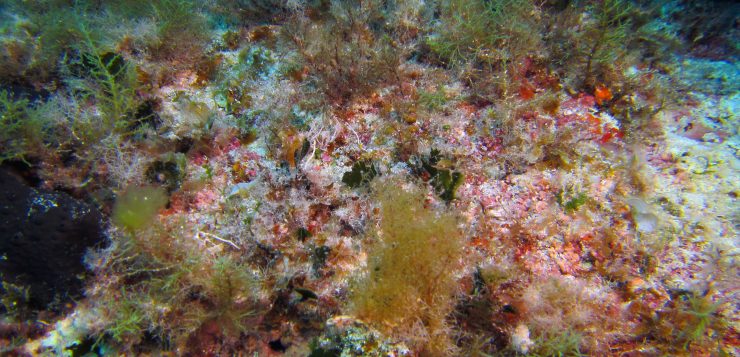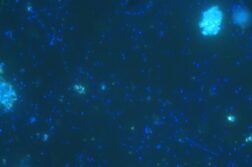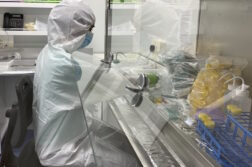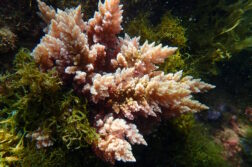The Marine Benthos Molecular Ecology Group of the Center for Advanced Studies of Blanes (CEAB-CSIC), together with researchers from the Arctic University of Norway (UiT), the University of Barcelona (UB), and the University of Girona (UdG), within the framework of the BIGPARK project, have begun to apply metabarcoding techniques in complex marine communities to study the biodiversity of these ecosystems.
Until recently, these genetic studies have been carried out on water, soil or sediment samples, but the technique has never been applied before in complex marine benthic communities.
Methods of genetic analysis using ambient DNA and high-performance sequencing, known as metabarcoding, are revolutionizing the study of marine biodiversity, as they allow to assess the biodiversity present in a community by reading the DNA present in environmental samples.
The study of biological and ecological parameters is crucial to assess the state of biodiversity in marine ecosystems and to be able to carry out adequate management and conservation of the natural environment and the oceans. Studying biodiversity includes knowing all the organisms in an ecosystem, from the largest to the microscopic.
Traditionally, the assessment of biodiversity meant spending many hours identifying species and organisms both at sea and in the laboratory. With the advancement of technology, new techniques and methods for the study of marine biodiversity are emerging, allowing a more comprehensive and efficient analysis of communities and ecosystems.
What is metabarcoding and how does it work?
Metabarcoding is a genetic study technique that extracts DNA present in a community and performs sequencing (reading the genetic code) of one or a few genes, obtaining a large number of sequences from each sample. Then, it identifies which species or type of organism each DNA sequence obtained corresponds to, using molecular databases.
In this way we can know the biodiversity of an entire community from small environmental samples, which contain genetic material from the organisms present and also from organisms that have recently been in the community and have left a trace of their DNA in it.
“There’s a lot of hidden biodiversity. Traditional methods allow hundreds of species to be identified, at most. With these new methods, we get thousands. Especially microorganisms, endosymbionts and other types of meiofauna that could perform key tasks for the proper functioning of the ecosystems”, explains Xavier Turon, research professor at CEAB and member of the Molecular Ecology of Marine Benthos Group.
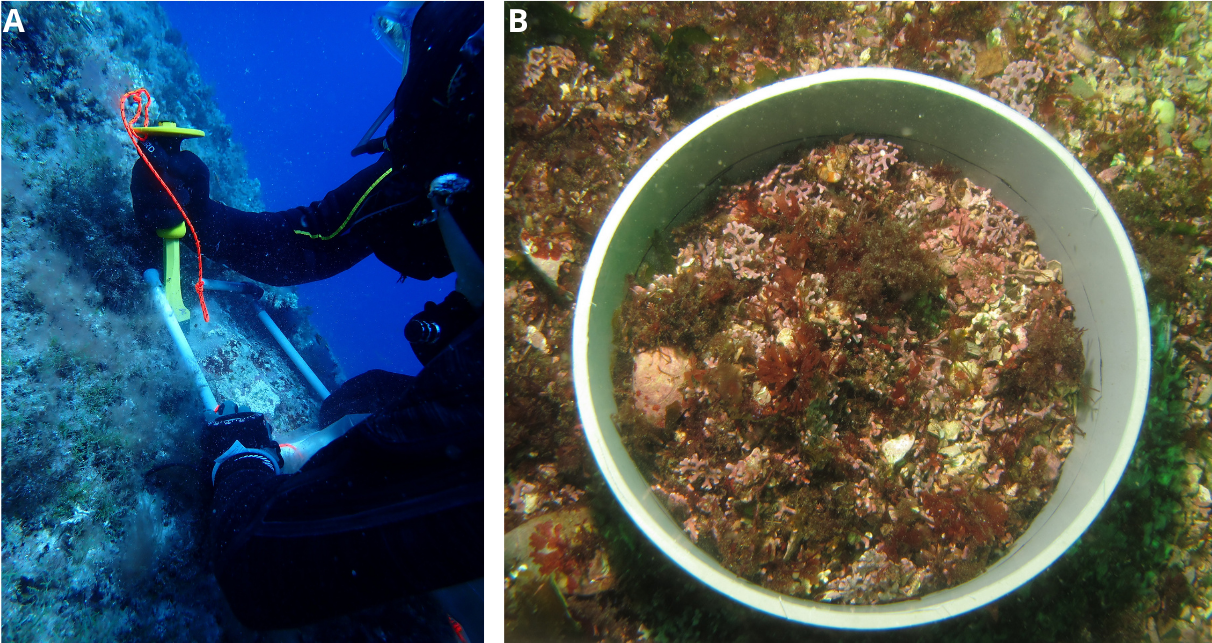
Future of metabarcoding
As a relatively new field of study, the databases for species identification are not complete and often some organisms cannot be identified, or are identified with low accuracy. However, more and more studies and works are improving the databases, and sequences that cannot be presently identified by lack of data, could be assigned reliably at the species level in the near future.
Improvements in sampling methods, in the DNA sequencing and amplification technology, and the growing number of studies in this field are resulting in a revolution in the study of marine biodiversity, being faster, simpler, and more effective than other methods used previously.
The BigPark project
The BIGPARK project is carrying a genetic monitoring using metabarcoding techniques in marine benthic communities of National Parks with maritime domain, such as the Cabrera Archipelago National Park and the Atlantic Islands of Galicia National Park. In these Parks the project studies different marine benthic communities affected by the arrival of invasive species in a context of global warming, to characterize the present biodiversity and assess the state and evolution of the marine communities and to manage their conservation. The project is funded by the Autonomous Organism of National Parks of the Spanish government.
This project will complete a time series of more than 6 years (2014-2021) in genetic monitoring of marine bottom communities, being one of the longest series of genetic data for the study of benthic marine communities.
Official website: https://bigparkproject.blogspot.com/


